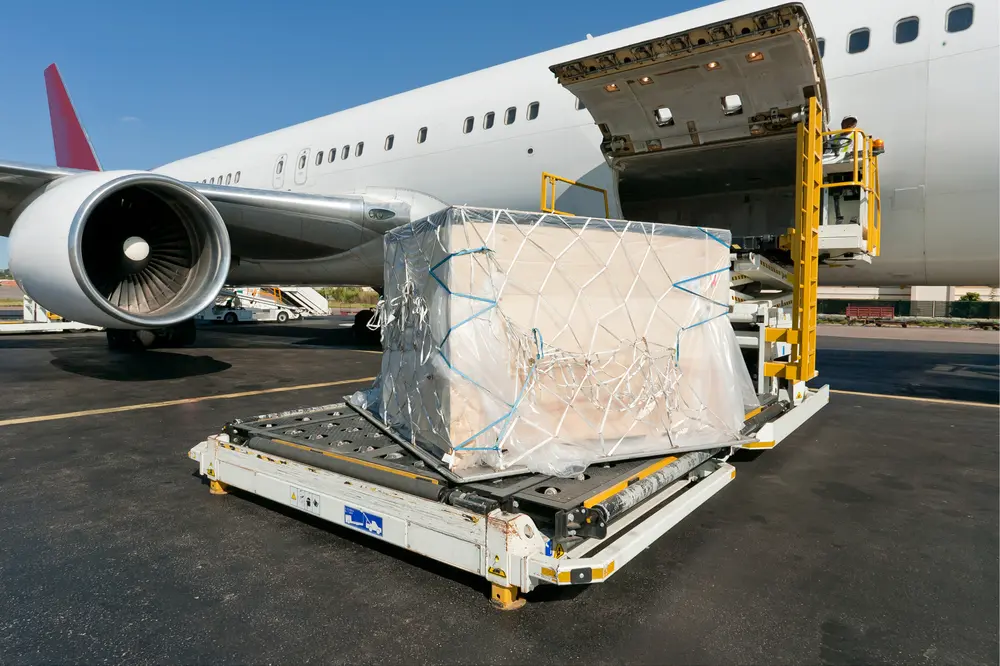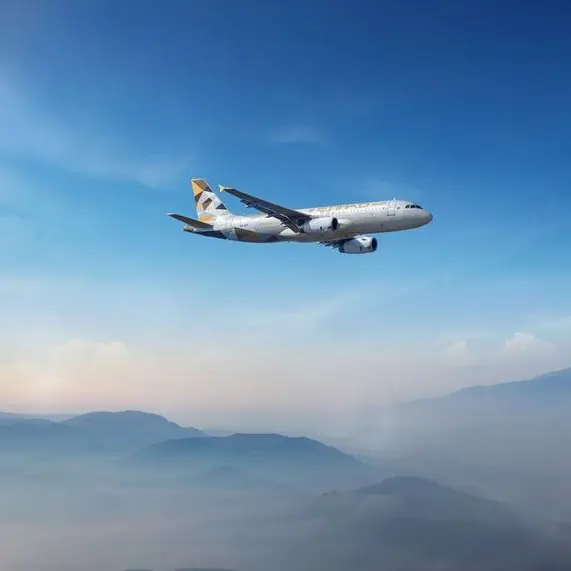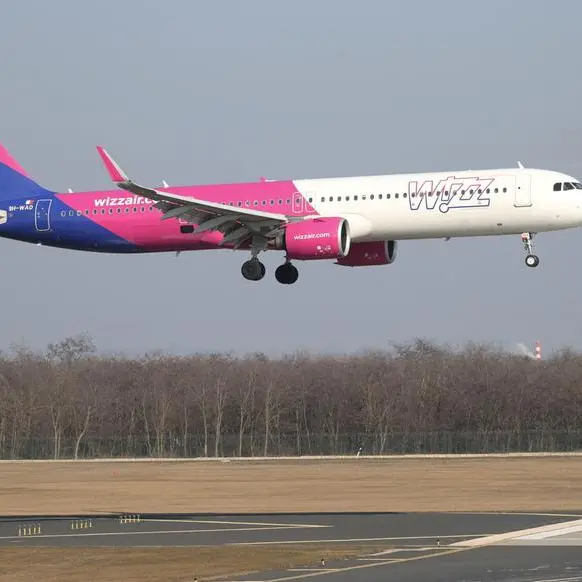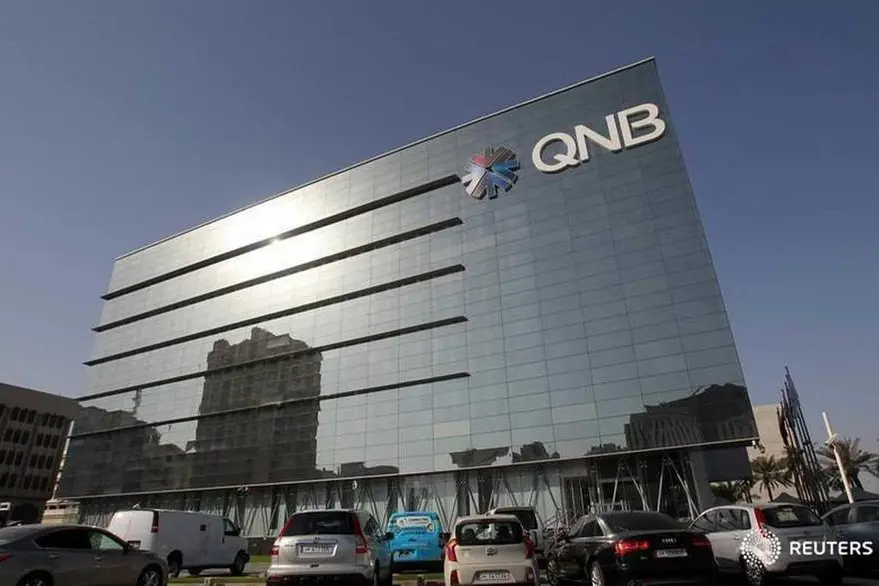PHOTO
Loading platform of air freight to the aircraft.
Middle Eastern airlines registered a 1.6 per cent drop in their freight volumes in February, compared to the same period last year, while the capacity increased by 3.1 per cent, according to figures released by the International Air Transport Association (Iata).
The Middle East’s seasonally-adjusted international air cargo demand displayed a clear downward trend, and is now evident with weakening trade to/from North America contributing to the decrease, stated the report.
The global air freight markets showed that demand, measured in freight tonne kilometers (FTKs), fell 4.7 per cent in February, compared to the same period last year. This was the fourth consecutive month of negative year-on-year growth and the worst performance in the last three years, it said.
Freight capacity, measured in available freight tonne kilometers (AFTKs), rose by 2.7 per cent year-on-year. This was the twelfth month in a row that capacity growth outstripped demand growth.
Demand for air cargo continues to face significant headwinds: trade tensions weigh on the industry; global economic activity and consumer confidence have weakened; and the Purchasing Managers Index (PMI) for manufacturing and export orders has indicated falling global export orders since September 2018, added the report.
Alexandre de Juniac, Iata’s director general and chief executive officer, said: “Cargo is in the doldrums with smaller volumes being shipped over the last four months than a year ago. And with order books weakening, consumer confidence deteriorating and trade tensions hanging over the industry, it is difficult to see an early turnaround.”
“The industry is adapting to new markets for e-commerce and special cargo shipments. But the bigger challenge is trade is slowing,” he noted.
“Governments need to realise the damage being done by protectionist measures. Nobody wins a trade war. We all do better when borders are open to people and to trade,” he added.
All regions reported a contraction in year-on-year demand growth in February 2019 except for Latin America.
• Asia-Pacific airlines saw demand for air freight contract by 11.6 per cent in February, compared to the same period in 2018. Weaker manufacturing conditions for exporters in the region, ongoing trade tensions and a slowing of the Chinese economy impacted the market. Capacity decreased by 3.7 per cent.
• North American airlines saw demand contract by 0.7 per cent in February, compared to the same period a year earlier. This was the first month of negative year-on-year growth recorded since mid-2016, reflecting the sharp fall in trade with China. North American carriers have benefited from the strength of the US economy and consumer spending over the past year. Capacity increased by 7.1 per cent.
• European airlines experienced a contraction in freight demand of 1.0 per cent in February compared to a year ago. The decline is consistent with weaker manufacturing conditions for exporters in Germany, one of Europe’s major economies. Trade tensions and uncertainty over Brexit also contributed to a weakening in demand. Capacity increased by 4.0 per cent year-on-year.
• Latin American airlines posted the fastest growth of any region in February versus last year with demand up 2.8 per cent. Despite the economic uncertainty in the region, a number of key markets are performing strongly. Seasonally-adjusted international freight demand achieved growth for the first time in six months. Capacity increased by 14.1 per cent.
• African carriers saw freight demand decrease by 8.5 per cent in February, compared to the same month in 2018. Seasonally-adjusted international freight volumes are lower than their peak in mid-2017; despite this, they are still 25 per cent higher than their most recent trough in late-2015. Capacity grew 6.8 per cent year-on-year. – TradeArabia News Service
Copyright 2019 Al Hilal Publishing and Marketing Group Provided by SyndiGate Media Inc. (Syndigate.info).





















